






 |
 |
 |
 |
 |
|||||
 |
 |
|
DEINOTHERIUM Deinotherium was a large relative ot the elephant which roamed accross Europe up to 12,000 years ago. |
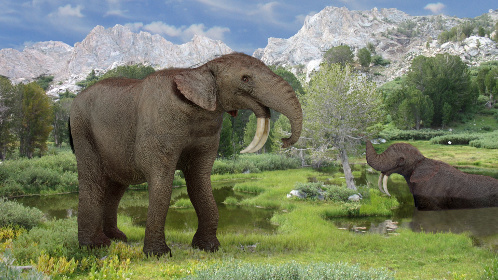
|
|
SUCHOMIMUS & CAULKICEPHALUS Here in a scene from the early Cretaceous a huge Suchomimus bears down on the pterosaur Caulkicephalus. |
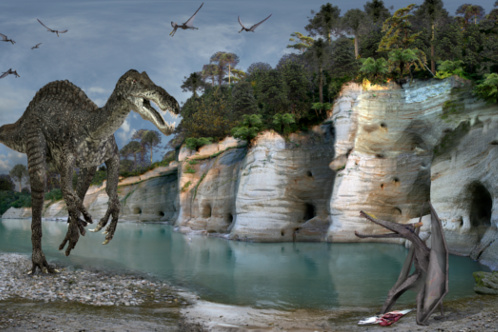
|
|
STROMATOLITES Water debris collects on bacteria colonies to form the first visible sign of life |
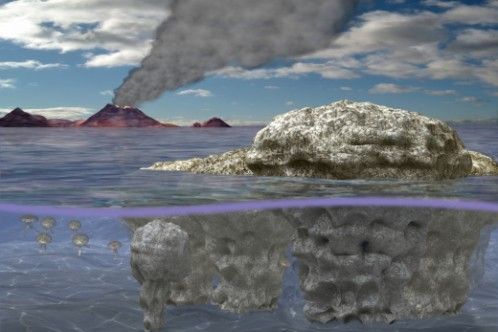
|
|
TRILOBITE A segmented eye made trilobites the dominant arthropod for millions of years |
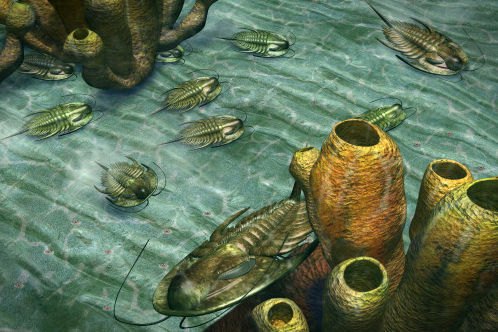
|
|
AMMONITES The fossils of these molluscs are so abundant today, they must have swarmed in the seas in their millions |
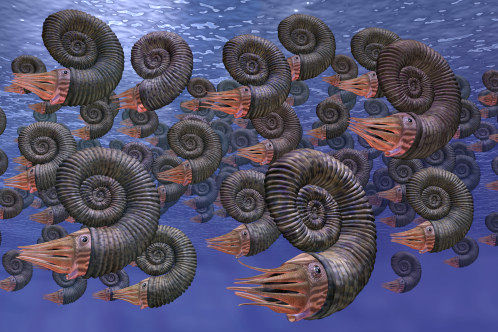
|
|
CLADOSELACHE SHARK Sharks have been the dominant ocean predator for nearly 400 million years |
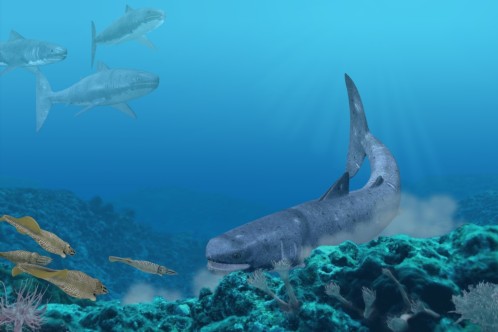
|
|
MEGANEURA Huge insects like the wonderful Meganeura were the first animals to conquer the land |
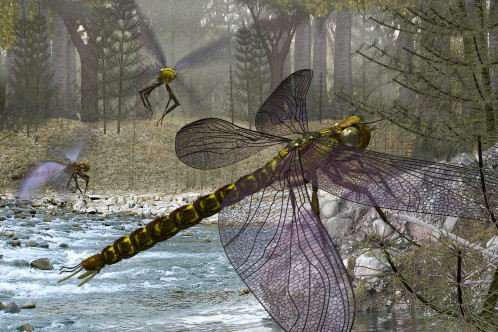
|
|
COCHLEOSAURUS Big Ammphibians like Cochleosaurus and Egoyrinus evolved from fish to take over the land from the insects |
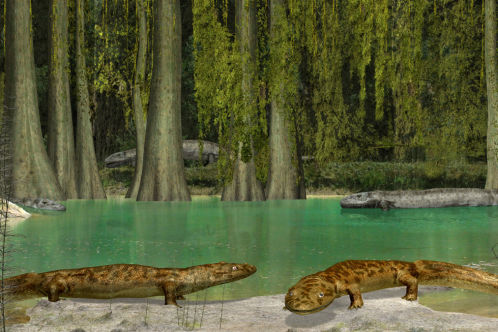
|
|
COLELUROSAURAVS The first reptiles were by no means primitive as this little glider Colelurosauravus shows |
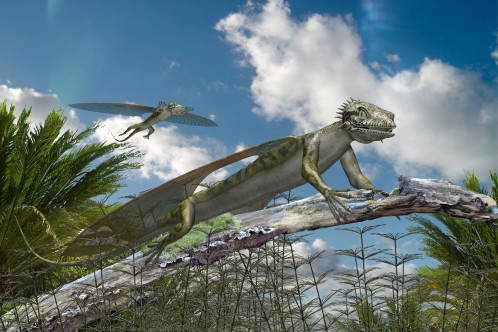
|
|
CETIOSAURUS Sauropods were the largest of the dinosaurs. Cetiosaurus would have been a common site in the forests of what is now Europe 175 million years ago |
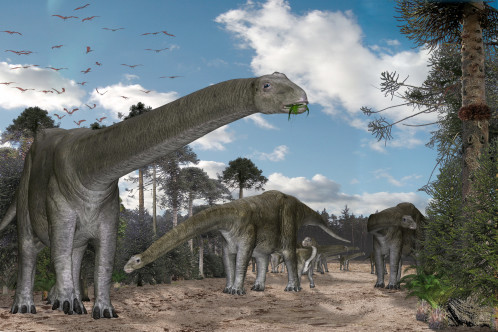
|
|
ICHTHEOSAUR An almost complete fossil of one of these magnificent air breathing reptiles, found by Mary Anning in Dorset kicked off a new field of science – paleontology |
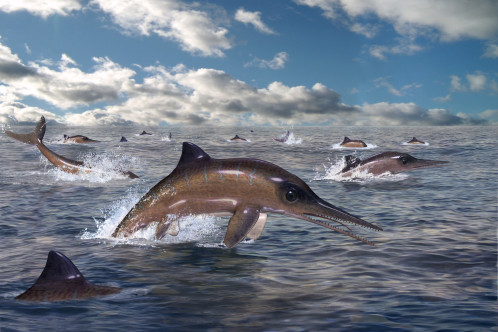
|
|
TROODON The Troodon was a small theropod carnivore, it was also very intelligent, having one of the largest brains for its body size of any dinosaur |
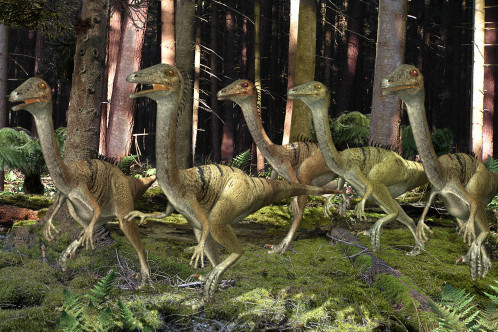
|
|
MAMMOTH Just a few thousand years ago herds of mammoth could be seen migrating across Europe, Asia and America as the seasons changed |
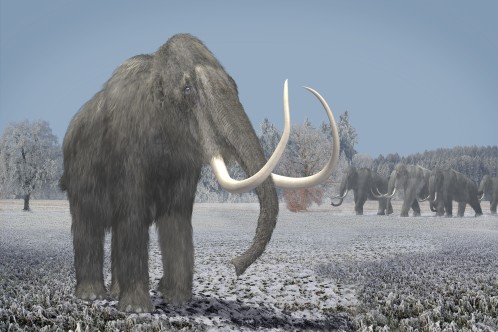
|
| SURFACE VISION 3D Images and Animation Home |
©Copyright 2007 | Terms & Conditions |
